Starting a renovation or building project should feel like a positive step. You pick materials, imagine the finished space, and plan how the work will improve life. Then the estimates arrive, and things can change. Numbers that looked straightforward suddenly seem vague. Small mismatches in measurements or missing line items turn into extra costs and surprise delays. A reliable estimator cuts that risk. They protect your budget and help keep the project calm.
At Marhama Group LLC, we do flooring estimation, fence estimation, kitchen estimation, and full residential and commercial estimates. Over time, we learned that a great estimate is part technical work and part clear communication. The best estimators help homeowners make confident choices. They keep contractors profitable and projects moving.
Below, I will explain the qualities that separate a reliable estimator from the rest. I will also show how modern tools and a few simple habits make big improvements. I will use recent research to back the main ideas and share practical steps you can use on your next job.
A reliable estimator starts by measuring correctly.
Accurate measurement is the foundation. If the takeoff is wrong, everything else is guessing. The estimator must measure walls, ceilings, openings, and tricky shapes. They must record ceiling heights and note access. They must account for waste and overlaps. They must also include protection for existing finishes when the work is close to finished floors or cabinets.
When measurements are right, you order the correct amount of material. You avoid emergency trips to the supplier. You reduce on-site delays that cost time and money. Good measurement is also what keeps a site dry and healthy during work. If you plan for moisture control, you avoid mould risk later.
Clear scope and assumptions make bids comparable.
A reliable estimator writes an estimate so that anyone can understand it. That means a clear scope statement that lists what is included and what is not. It means line items for materials and labour. It means finish levels are spelt out for visible trades like drywall and flooring. It means allowances for items that vary widely, such as premium tiles or custom fixtures.
When each estimate shows the same assumptions, homeowners can compare bids fairly. When assumptions are missing or vague, disputes and delays become more likely. Studies of construction disputes show that unclear scope and incomplete documents are a major cause of claims and conflicts. A good estimate reduces that risk by making expectations explicit.
The tools that actually move accuracy from theory to practice
Estimating today is often digital. Software for digital takeoff cuts counting errors and speeds work. Digital takeoff tools measure drawings from PDFs. They let estimators track quantities with fewer manual mistakes. Firms that use these tools report faster, more consistent estimates. Digital methods also make it simple to revise a bid when plans change. That matters in fast-moving markets.
Another important tool is a centralised price library. When material costs change at the supplier, the estimator updates the library, and all active quotes reflect the new price. That single practice prevents old prices from slipping into bids and keeps estimates realistic.
The market shows strong adoption. The global construction estimating software market is expanding rapidly as more firms adopt digital tools to manage price volatility and improve accuracy. The trend is real, and it is making estimating more reliable at scale.
Why finish levels and line items matter for drywall
Best Drywall Estimation looks simple, but it is full of details that affect cost and health. Sheet type, ceiling height, number of corners, and finish level all matter. Level 3 finish is common in bedrooms and areas that will get moderate textures. Level 5 finish is used where light will highlight the surface, and a flawless look is required. Each higher finish level adds labour, coats, and drying time.
To compare drywall bids fairly, you must see the finish level and the sheet type in writing. You must also know the waste percentage and any access equipment, such as scaffolding, that is listed. These items explain why two bids that look similar on the surface can end very differently once work starts. Industry cost guides show that drywall installed commonly ranges in a band depending on the region and finish level. When an estimator breaks the work down, a homeowner can choose the finish and budget accordingly.
Why moisture control ties directly to health
Moisture is the leading trigger for indoor mould problems. Public health guidance says drying wet materials within 24 to 48 hours usually prevents mold growth. That timeline matters during demo, plumbing repairs, and weather events. If materials sit wet, mould can start, and indoor air quality suffers.
A reliable estimator plans for moisture control. They include vapour barriers where needed. They include backer boards behind tile in wet areas. They plan sequencing so that wet work is limited and drying is possible. Those small protective items reduce the chance of mould and the cost of later remediation. The health benefit is real and immediate. read more
Communication is as important as calculation.
A reliable estimator does the math and then explains it. They provide a short summary for clients who do not want to read a spreadsheet. They highlight the top cost drivers in plain language. They include a simple process for change orders so both sides know how extras will be priced and approved.
Good communication also means keeping the client updated. On longer projects, a quick cost review every few weeks prevents surprises at the end. It keeps the owner involved and helps the contractor make timely adjustments.
Practical habits that separate the reliable estimator from the rest
Here are the habits we use at Marhama Group LLC that you can expect from a skilled estimator.
- Digital takeoffs for plan-based work. This reduces counting errors and speeds up estimating.
- Central price libraries that update when supplier costs change. This keeps bids current.
- Finish level documentation. For drywall and flooring, we attach short notes or images that show what each level looks like. That avoids debate about appearance later.
- Moisture and protection checklist. If a space is wet or leak-prone, we list required moisture control items and sequence the work to avoid prolonged exposure.
- Simple change order form with agreed rates. This prevents arguments when adjustments happen.
- A short one-page summary that explains the top three cost drivers. That keeps clients informed without forcing them to read a full estimate.
These are not complicated. They are practical ways to reduce risk and improve trust.
How accuracy protects budgets and contractor margins
When an estimator measures and prices correctly, homeowners avoid emergency expenses. Contractors avoid underbidding. Underbidding to win a job often leads to disputes or losses. Reliable estimators price jobs, so crews are busy doing work, not arguing over pay or scope. Accuracy makes bids sustainable for both sides.
The financial benefit shows up in three ways. You minimise waste and rush orders. You reduce callbacks and rework. You keep schedules tighter, so overhead does not balloon. Those savings add up over several projects.
How to spot a weak estimate and what to ask for
You do not need to be an expert to judge an estimate. Ask for these signs of quality.
- Itemised list of materials and labour with units, such as square feet and linear feet.
- A stated waste percentage and the reason for it.
- Finish levels described for visible trades.
- Notes on access, protection, and sequencing.
- A clear change order process.
If you see a one-line lump sum for a big scope, ask the estimator to break it into pieces. If assumptions are missing, ask the estimator to write them down. Those short questions prevent the most common disputes.
A short note on technology and training
Software does most of the heavy lifting, but it does not replace judgment. The best estimators know how to read plans, understand local labour skills, and adjust waste for tricky jobs. They use tools to improve speed and reduce errors. They also keep learning about new materials and local pricing trends.
Recent research and industry reports show that firms using digital takeoff tools and centralised price libraries reduce errors and speed bids. That is why many companies are investing in these systems. The results are clearer, more reliable estimates for homeowners and better margins for contractors.
One practical checklist to use before you sign a bid
Use this quick checklist on your next project.
- Ask for a one-page summary of the top cost drivers.
- Confirm finish levels for drywall and flooring.
- Check the waste percentage the estimator used.
- Ask whether moisture protection is included for wet areas.
- Request the change order form and rates.
- Ask if the estimator used digital takeoffs and a current price library.
This checklist will help you pick a reliable estimator and keep your project on track.
Why a single trusted estimator changes the whole process
A reliable estimator brings order to the early stage of a project. They turn vague numbers into a plan. They make trade-offs visible. They let you choose the right materials and finishes with confidence. Having that clarity changes the whole experience. Projects run smoother, budgets hold, and homeowners stress less.
If you are looking for a partner who measures accurately, explains clearly, and plans for health and durability, ask for a sample takeoff and a short walkthrough of the estimate. That small step shows you how the estimator thinks and how your money will be spent.
Final thought
Estimating is more than counting sheets and adding numbers. It is about planning for the real world. It is about protecting your budget. It is about protecting your family from avoidable problems like mould and poor air quality. The reliable estimator does the math and explains it in plain terms. They use modern tools, keep prices current, and write clear assumptions.
If you want a simple test, ask any estimator to show how they price drywall finish levels and moisture protection. If they can explain it plainly and show the counts, you are dealing with someone who knows the difference between a guess and a dependable plan.
At Marhama Group LLC, we aim to be that kind of estimator. We focus on clear measurement, fair pricing, and practical protection for your home. If you want a sample estimate for flooring, fencing, kitchens, or drywall, we can prepare one and walk you through it line by line.

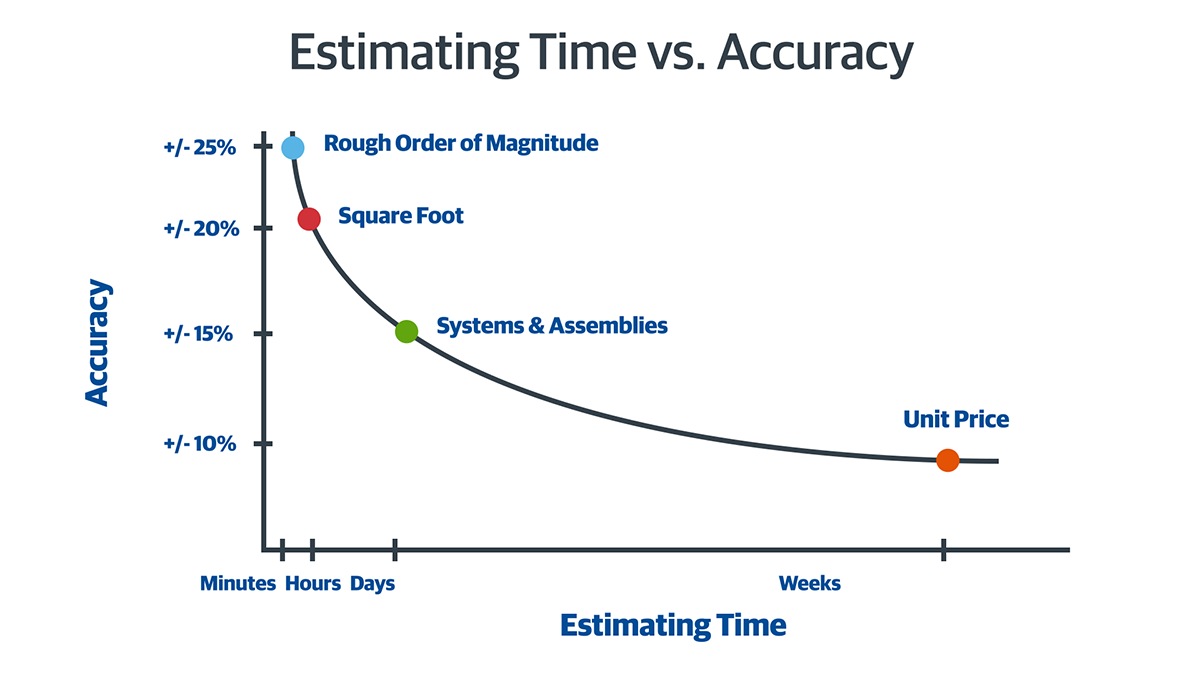

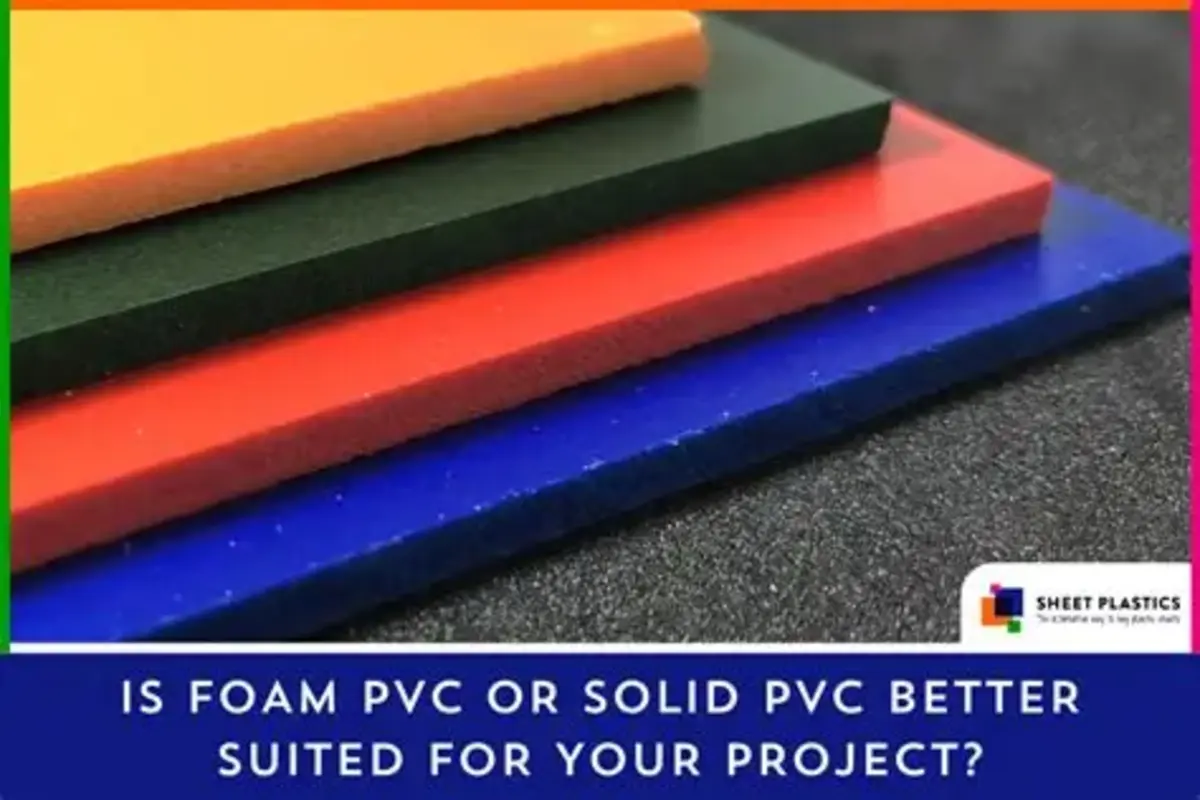
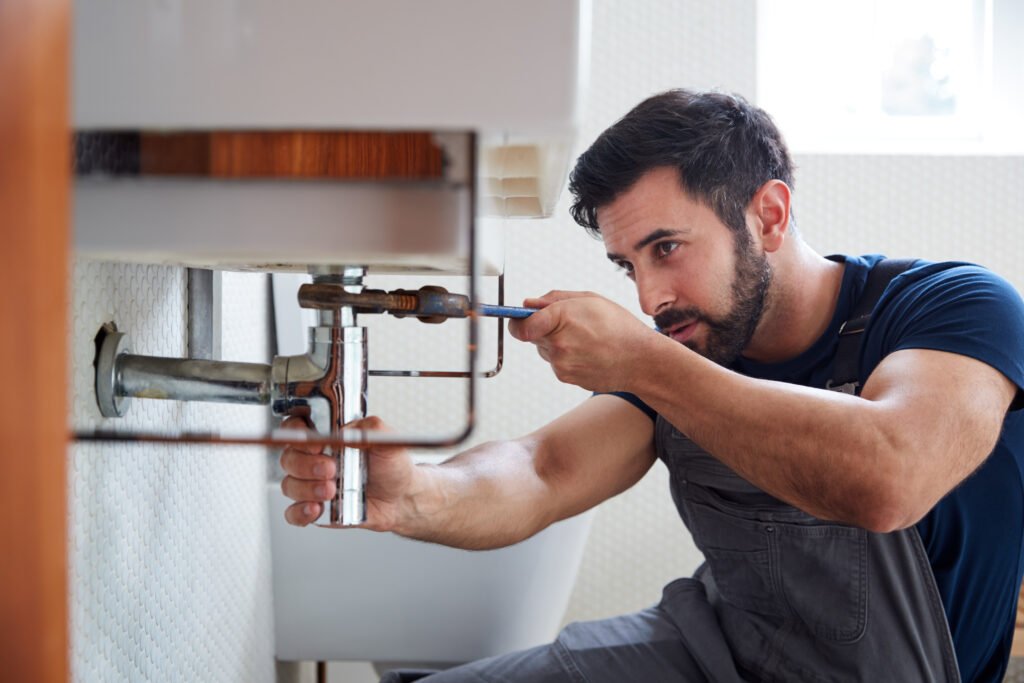

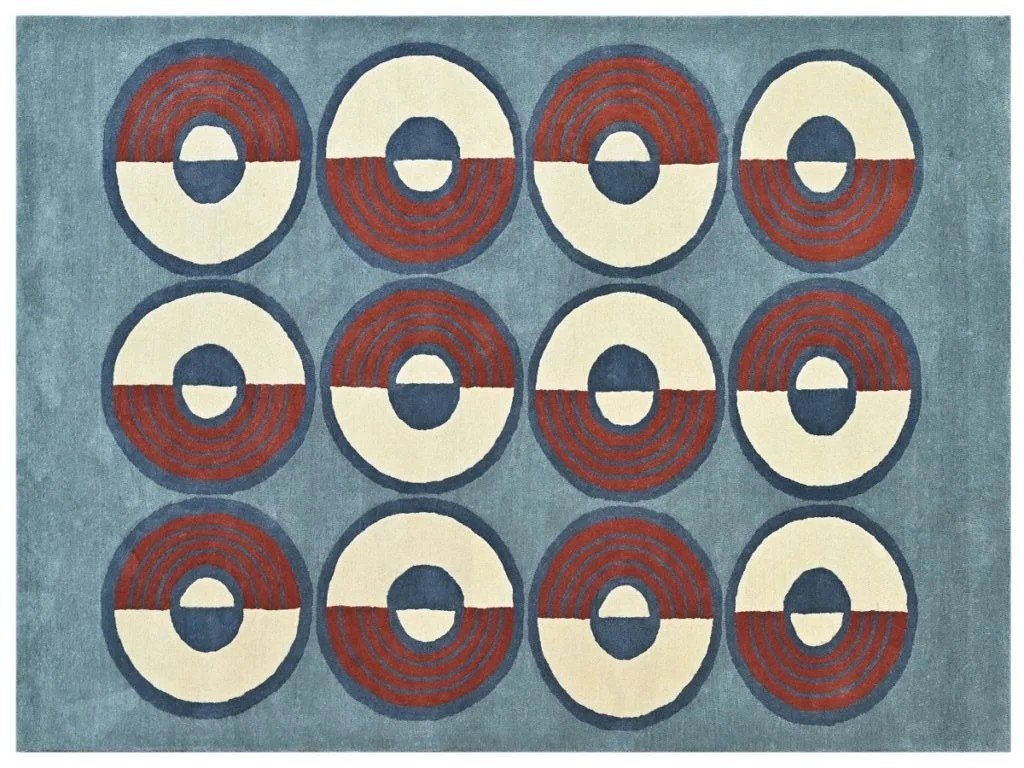



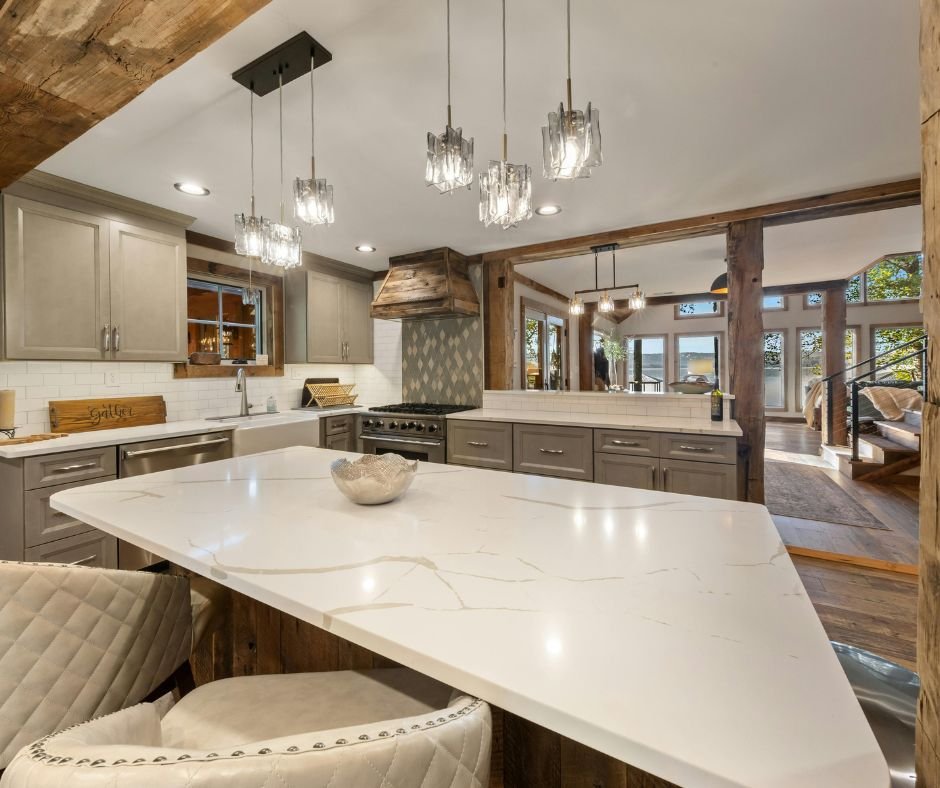
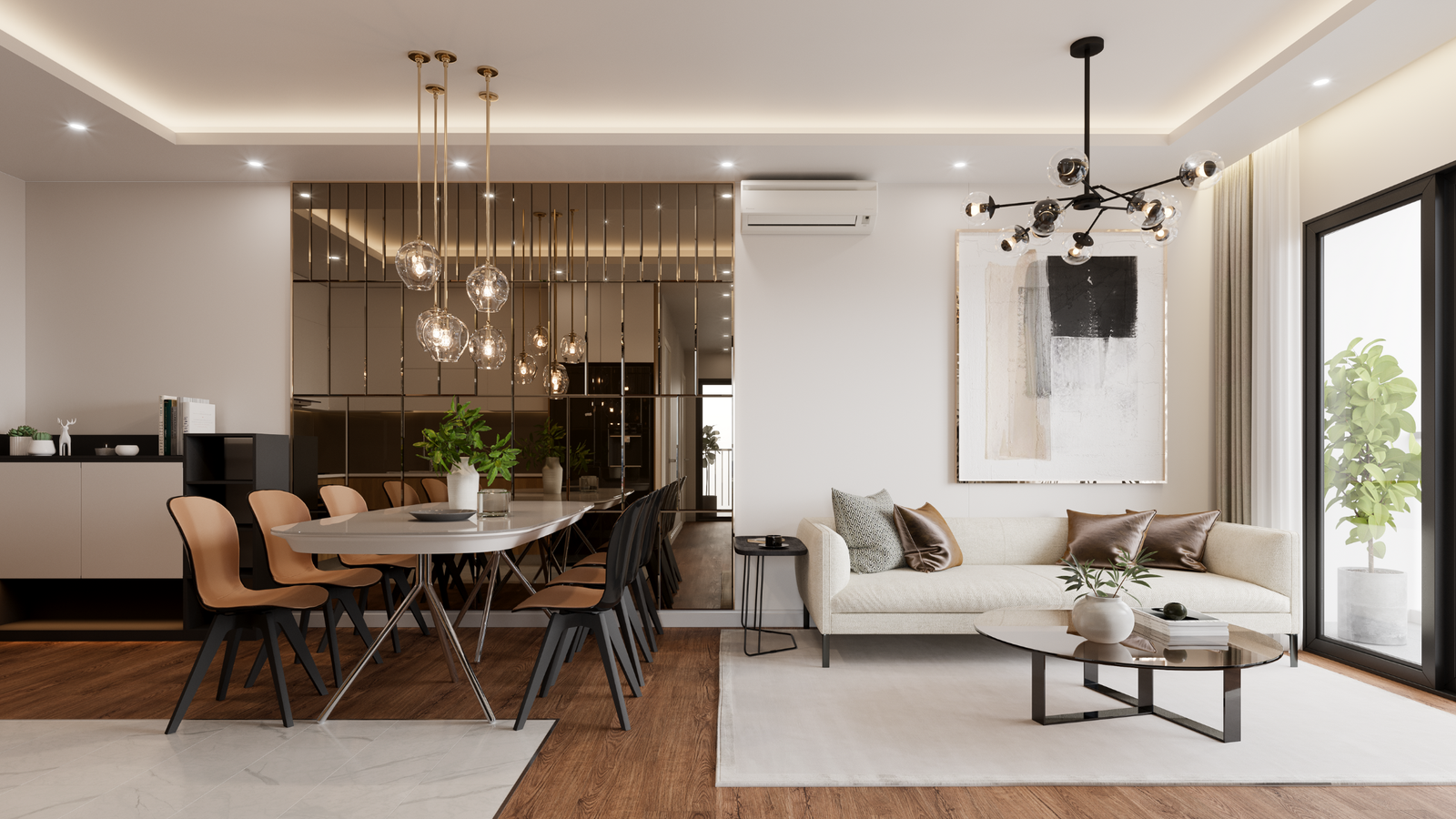
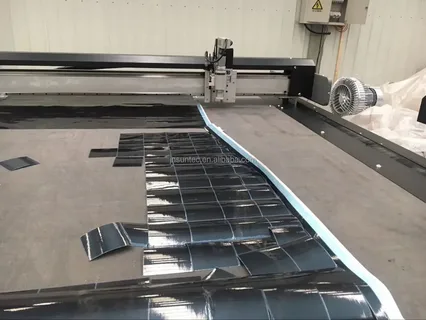

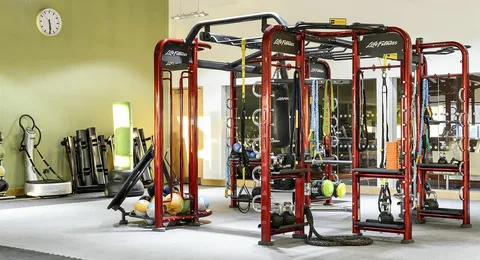
Leave a Reply